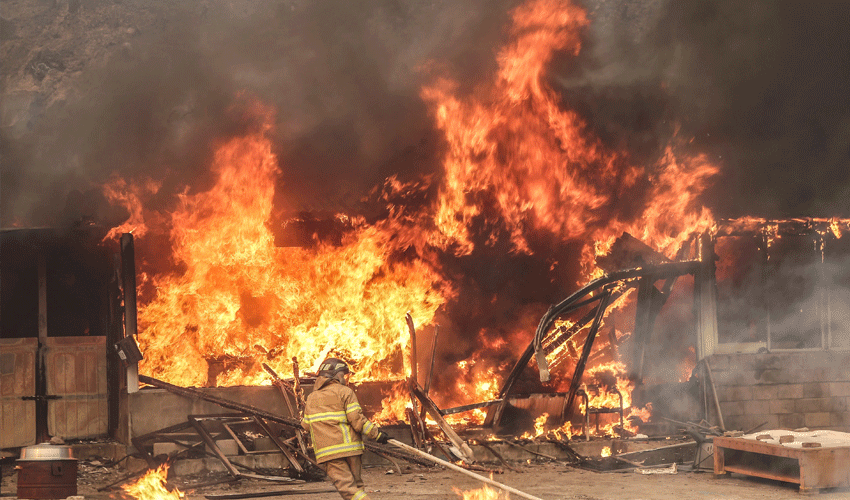At least 18 people have lost their lives, and nearly 20 others have been injured as wildfires continue to rage across South Korea’s southeastern regions, with authorities struggling to contain the fast-spreading blazes.
According to the Korea Forest Service, the fires, which erupted last week, have been exacerbated by strong and dry winds, making containment efforts increasingly difficult. Thousands of firefighters and soldiers have been deployed to tackle at least five active wildfires across the country.
The flames were first reported late on Friday in Sancheong County, located in North Gyeongsang Province, before spreading to neighbouring Uiseong County—approximately 180 kilometres southeast of Seoul. The fires have since advanced into several other counties, including Andong, Cheongsong, Yeongyang, and Yeongdeok.
Yonhap news agency reported that the death toll had reached 18 by Wednesday, marking the sixth day of the disaster. Among the victims were four individuals who perished when their vehicle overturned while attempting to flee the inferno. Their bodies were recovered late on Tuesday night.
Authorities in Andong and surrounding areas have ordered large-scale evacuations as the fires have already consumed more than 17,000 hectares (42,000 acres) of forest. Hundreds of structures, including the historic Gounsa temple in Uiseong, have been destroyed.
Built in 681, the over 1,000-year-old Buddhist temple housed several national treasures, which were relocated to safer locations before the flames engulfed the site.
Emergency alerts were also issued for the UNESCO-listed Hahoe Folk Village, a popular tourist destination in Andong, as the fires drew closer. The Korea Heritage Service stated that the wildfire was roughly eight kilometres from the site, prompting authorities to station fire trucks and personnel to prevent any further damage.
Lee Byung-doo, a forest disaster expert at the National Institute of Forest Science, described the blaze in Uiseong as having an “unimaginable” scale and speed.
South Korea’s acting President Han Duck-soo acknowledged that the ongoing fires had surpassed all previous prediction models.
“Wildfires burning for a fifth consecutive day in Ulsan and the Gyeongsang region are causing unprecedented damage,” he said. “The fires are developing in a way that is exceeding both existing prediction models and earlier expectations.”
In response, the South Korean military has mobilised approximately 5,000 service members and deployed 146 helicopters to aid firefighters in extinguishing the flames.
Authorities have also relocated around 500 inmates from a prison within the fire-affected zone to safer facilities.



